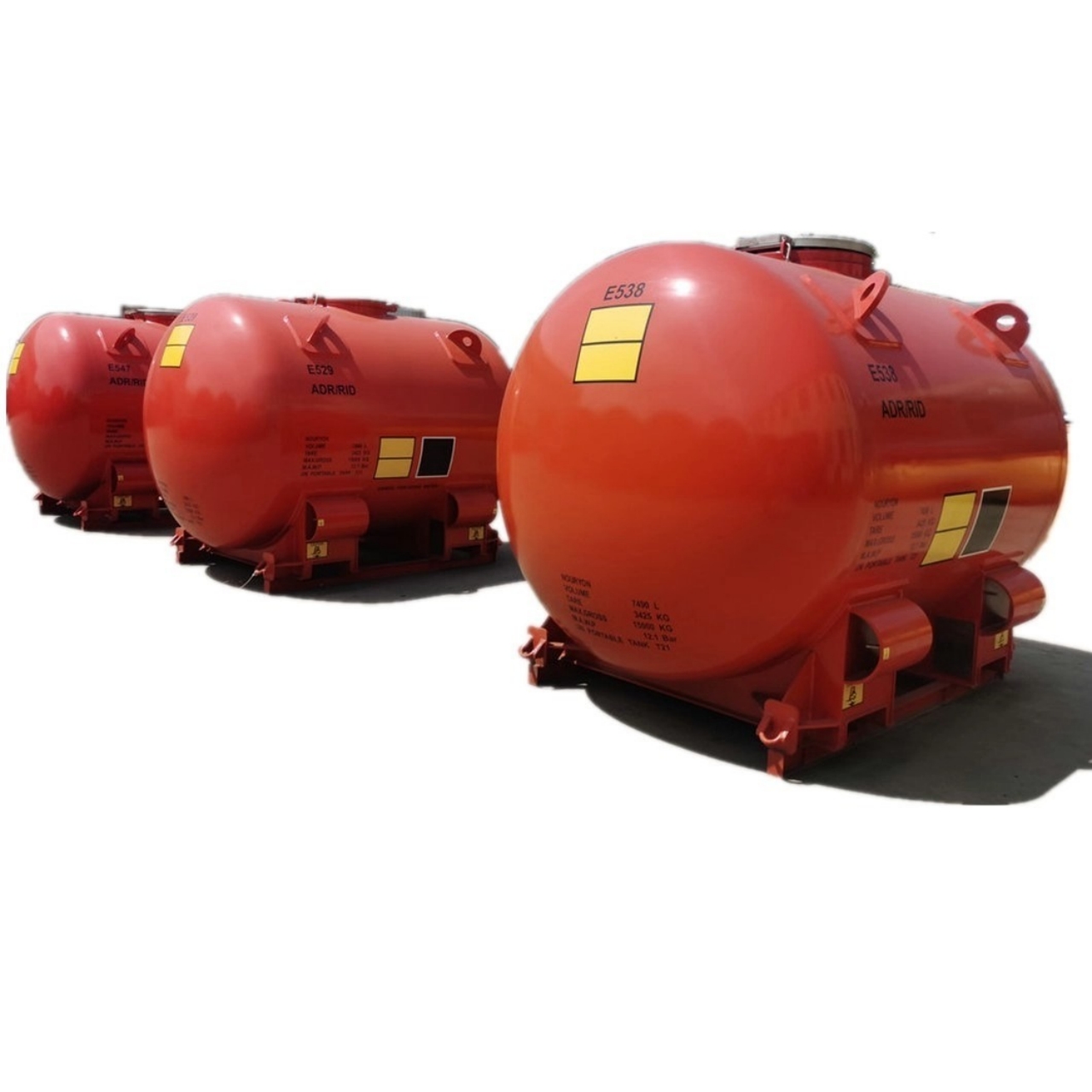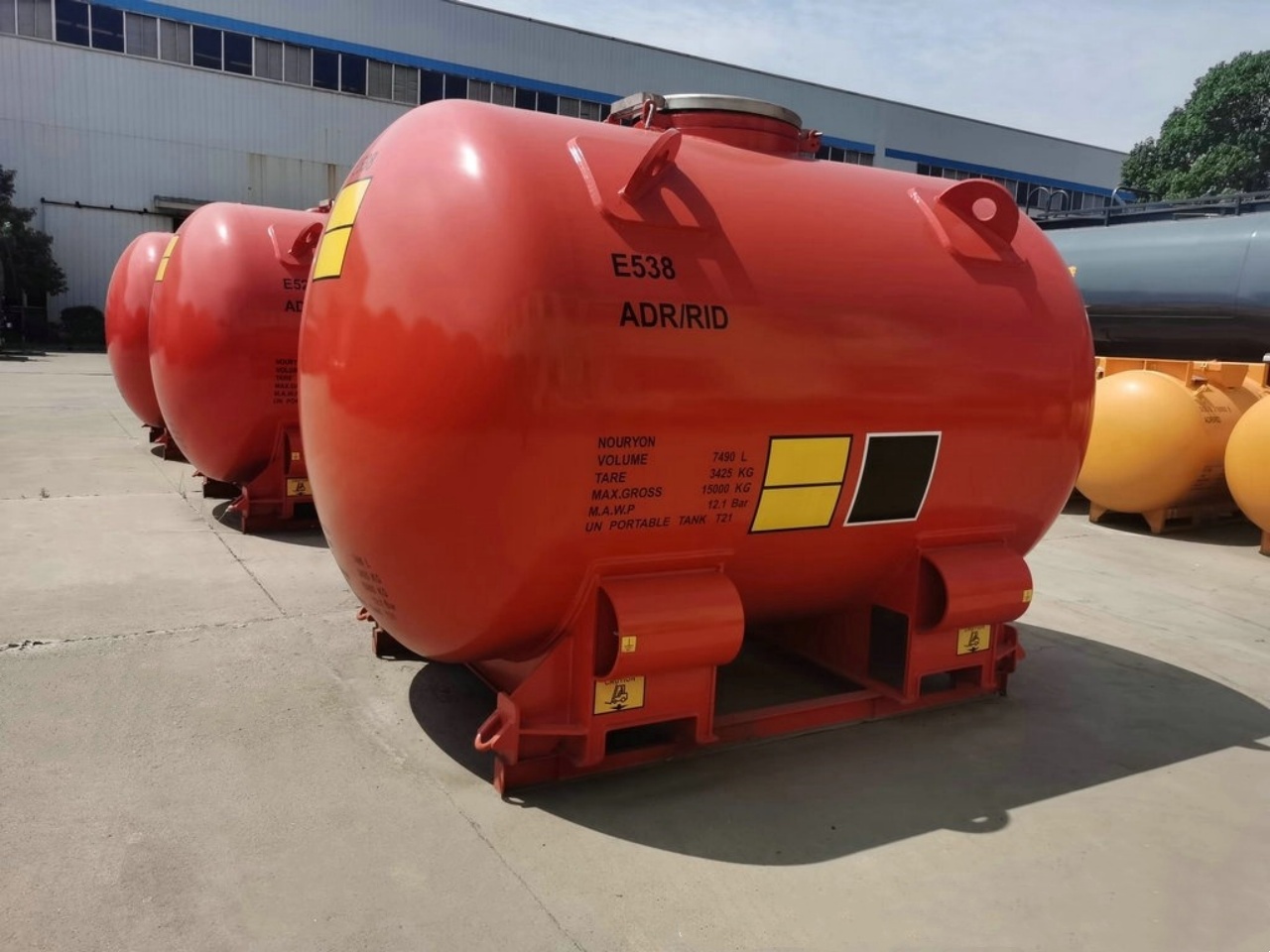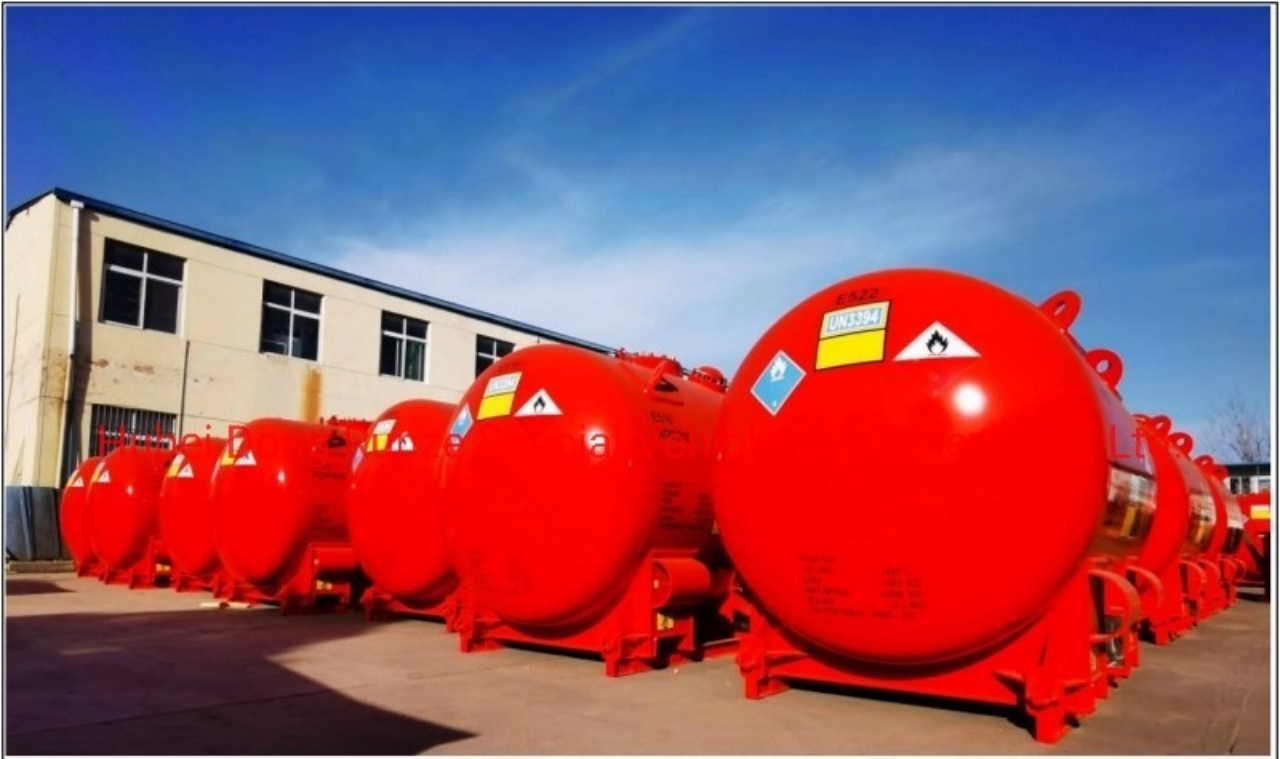UN Portable Tank: Understanding UN Portable Tanks for Safe Liquid and Hazardous Material Transport
The transportation of liquids and hazardous materials poses unique challenges and risks. Whether moving chemicals, fuels, or other volatile substances, ensuring safety and compliance with international standards is paramount. Among the tools that facilitate this crucial task are UN Portable Tanks, standardized containers designed for the safe transport of liquids, including hazardous materials, across various modes of transportation. This article explores the features, classifications, and regulations governing UN Portable Tanks, shedding light on their critical role in global logistics.
What Are UN Portable Tanks?
UN Portable Tanks are multi-modal containers built to carry liquids, powders, and gases safely. These tanks are designed in accordance with the United Nations Model Regulations (commonly referred to as the UN Recommendations on the Transport of Dangerous Goods), ensuring consistent safety and performance standards worldwide. They are primarily used for the transportation of hazardous substances but are also suitable for non-hazardous liquids and gases.
The design of UN Portable Tanks allows them to be transported by road, rail, and sea, making them a versatile solution in the logistics industry. With robust construction and adherence to stringent safety norms, these tanks are engineered to withstand the stresses of intermodal transport.

Key Features of UN Portable Tanks
- Standardized Construction: UN Portable Tanks are built using materials such as stainless steel, which ensures durability, corrosion resistance, and compatibility with a wide range of substances.
- Pressure Resistance: These tanks are designed to handle various pressure levels, depending on the classification of the material they carry. Some tanks are equipped to manage substances under high pressure, while others are designed for ambient-pressure liquids.
- Portability: UN Portable Tanks are designed for ease of handling, with standardized dimensions that make them compatible with most intermodal transport systems, including shipping containers, railcars, and trucks.
- Safety Features: • Fitted with relief devices to manage internal pressure fluctuations. • Equipped with secure closures and locking systems to prevent leaks and unauthorized access. • Designed to minimize the risk of spills during loading and unloading operations.
- Compliance with Regulations: UN Portable Tanks adhere to the International Maritime Dangerous Goods (IMDG) Code, the International Carriage of Dangerous Goods by Rail (RID), and other regional and international standards.
Classifications of UN Portable Tanks
UN Portable Tanks are classified based on their design and the type of materials they are intended to transport. Some common classifications include:
- Tanks for Liquids (T Codes): These are used for transporting flammable liquids, corrosive substances, and toxic liquids. Examples include T11 tanks for general chemicals and T14 tanks for corrosive liquids.
- Tanks for Gases (TP Codes): Designed to transport gases under pressure or in liquefied form, such as propane, ammonia, and carbon dioxide.
- Cryogenic Tanks: These specialized tanks are used for the transport of liquefied gases at extremely low temperatures, such as liquid nitrogen or liquid oxygen.
- Custom Tanks: In some cases, tanks are tailored to meet specific requirements, such as double-wall construction for enhanced insulation or tanks with specialized coatings to handle reactive materials.

Regulations Governing UN Portable Tanks
The use of UN Portable Tanks is governed by a comprehensive framework of international regulations to ensure the safety of people, property, and the environment. Some key regulatory standards include:
- UN Model Regulations: These guidelines serve as the foundation for most national and international transport regulations, providing a harmonized approach to the classification, packaging, and transport of hazardous materials.
- International Maritime Dangerous Goods (IMDG) Code: This code applies to the transport of dangerous goods by sea, incorporating specific provisions for the use of UN Portable Tanks.
- European Agreement Concerning the International Carriage of Dangerous Goods by Road (ADR): Applicable to road transport, the ADR outlines the requirements for UN Portable Tanks in Europe.
- Regulations Concerning the International Carriage of Dangerous Goods by Rail (RID): These regulations cover the transport of hazardous materials via rail, with detailed provisions for portable tanks.
- U.S. Department of Transportation (DOT): In the United States, the DOT enforces regulations for the use of UN Portable Tanks in domestic and international transport.
Advantages of Using UN Portable Tanks
- Safety: Built to rigorous safety standards, UN Portable Tanks significantly reduce the risk of spills, leaks, and accidents.
- Versatility: These tanks can transport a wide range of materials, from flammable liquids to cryogenic gases, across multiple modes of transportation.
- Cost-Effectiveness: The durability and reusability of UN Portable Tanks make them a cost-effective solution for transporting hazardous materials over long distances.
- Environmental Protection: By minimizing the risk of leaks and ensuring safe handling, these tanks contribute to the protection of ecosystems and communities.
- Compliance: Adherence to international standards simplifies the logistics process, ensuring seamless transport across borders.

Best Practices for Using UN Portable Tanks
- Proper Selection: Ensure the tank is suitable for the specific material being transported, considering factors such as pressure, temperature, and chemical compatibility.
- Inspection and Maintenance: Regular inspections and maintenance are essential to ensure the integrity and performance of the tank.
- Training: Personnel involved in the handling and transport of UN Portable Tanks should be adequately trained in safety procedures and regulatory compliance.
- Documentation: Maintain accurate records of the material being transported, including its classification, quantity, and safety data sheets (SDS).
- Emergency Preparedness: Have a robust emergency response plan in place to address potential incidents during transport.
The Future of UN Portable Tanks
As global trade continues to grow, the demand for efficient and safe transport solutions for hazardous materials is increasing. Advances in materials science and engineering are likely to result in lighter, stronger, and more efficient tank designs. Additionally, the integration of digital technologies, such as IoT-enabled sensors, can provide real-time monitoring of tank conditions, enhancing safety and operational efficiency.

Conclusion
UN Portable Tanks play a pivotal role in the safe and efficient transport of liquids and hazardous materials. By adhering to stringent international standards and incorporating advanced safety features, these tanks ensure the protection of people, property, and the environment. As the logistics industry evolves, the continued innovation and adoption of UN Portable Tanks will remain essential to meeting the challenges of global trade and hazardous material transport.

